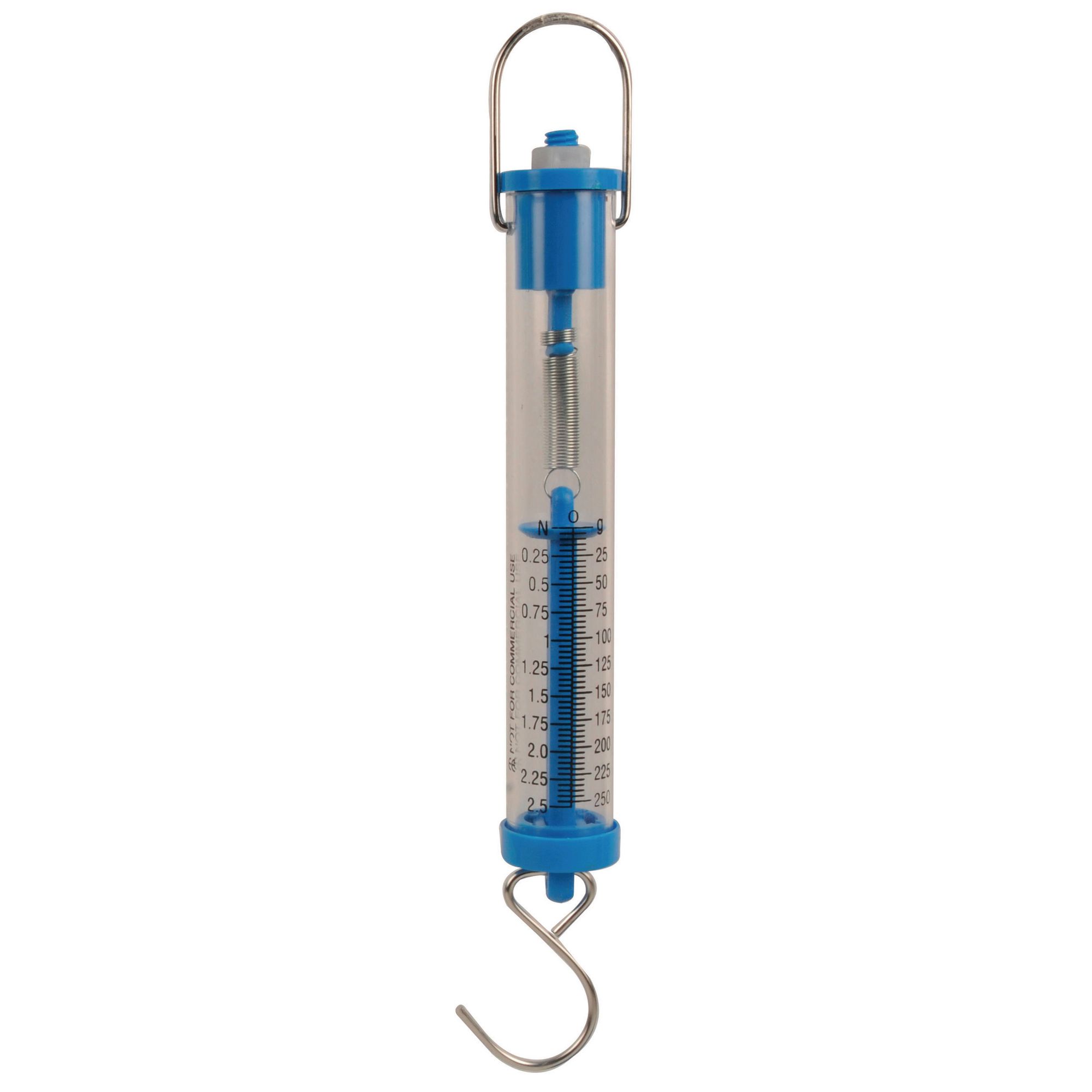


In order to convert foot pounds of torque to Newton meters of force one uses this equation. Implementing the engine's frequency into the equation of angular velocity w = 2 * p * f The frequency of the engine is calculated by:į = (5000 revolutions per minute) / (60 seconds) There is 3.28 feet in a meter, and 4.448 Newtons in a pound, which will be needed since the experimental engine's torque is rated in foot pounds force. All I am trying to do is determine what wattage is possible from a given weight. And that is what I used for the foot pounds. If I had 10 pounds that would return 10 foot pounds. To get torque you multiply weight * the distance from the center. The only problem that I see is the way I achieved foot pounds. I found this formula on the web and I have worked it out on a spread sheet. Thanks for all the help, I really needed it. : : : : : How do you covert Weight to Newton meter - jboggs : : : : : How do you covert Weight to Newton meter Just tell us the details and someone here can check your formulas and math. I think the easiest thing would be for you to just tell us what exactly are you trying to do and how you will you use it. But you cannot convert, for example, Mass to Force, or Torque to Work, without some other factor. Conversion between imperial and metric units of measure is a very straightforward process - simply apply a conversion factor. And they each have both imperial and metric units of measure. Mass, Weight, Force, Torque, Energy, Work, and Power are all related but they are different things. Not only are you mixing units, you are mixing systems. : : : : How do you covert Weight to Newton meter - fkhouckĬareful there. : : : : How do you covert Weight to Newton meter I specialize in main frame computers and I know how troublesome weekend warriors can be. If I were to multiply gravity times the pounds I would return (Newtons) or pound-force.Īnd I apologize if this is to elemental for you, and I mean that. Gravity is a know entity and from it we can gather information on both its potential force its weight and the speed at which it will accelerate. Weight itself is a measure of potential force, with out gravity it would be reduced to mass only. My view although well understood is not as sophisticated as yours, and certainly only based on a common knowledge view is. I just am not certain on how I could do it. I knew I had to make the conversion from weight to force.

You can convert pounds to force (Newtons) by multiplying by gravity (for things that stay still) or acceleration more generally." The quote that I find most encouraging is this: I am clearly aware that there is a distinction between the two. And is exactly the state of confusion that I am in. Both very good comments and to the point. Similar examples of dimensionally equivalent units include Pa versus J/m 3, Bq versus Hz, and ohm versus ohm per square.Thank you both jboggs and Bruised. Newton-metres and joules are dimensionally equivalent in the sense that they have the same expression in SI base units,ġ N ⋅ m = 1 kg ⋅ m 2 s 2, 1 J = 1 k g ⋅ m 2 s 2 īut are distinguished to avoid misunderstandings when a torque is mistaken for an energy or vice versa. However, since torque represents energy transferred or expended per angle of revolution, one newton-metre of torque is equivalent to one joule per radian. This usage is generally discouraged, since it can lead to confusion as to whether a given quantity expressed in newton-metres is a torque or a quantity of energy. In this usage the metre term represents the distance travelled or displacement in the direction of the force, and not the perpendicular distance from a fulcrum as it does when used to express torque. The unit is also used less commonly as a unit of work, or energy, in which case it is equivalent to the more common and standard SI unit of energy, the joule. One newton-metre is equal to the torque resulting from a force of one newton applied perpendicularly to the end of a moment arm that is one metre long. The newton-metre (also newton metre or newton meter symbol N⋅m or N m ) is the unit of torque (also called moment) in the International System of Units (SI). One newton-metre is the torque resulting from a force of one newton applied perpendicularly to the end of a moment arm that is one metre long.


 0 kommentar(er)
0 kommentar(er)
